Amazon Theatre, Manaus, Brazil, (1884)
Artist/Designer: Celestial Sacardim
Project Location: Manaus, Brazil
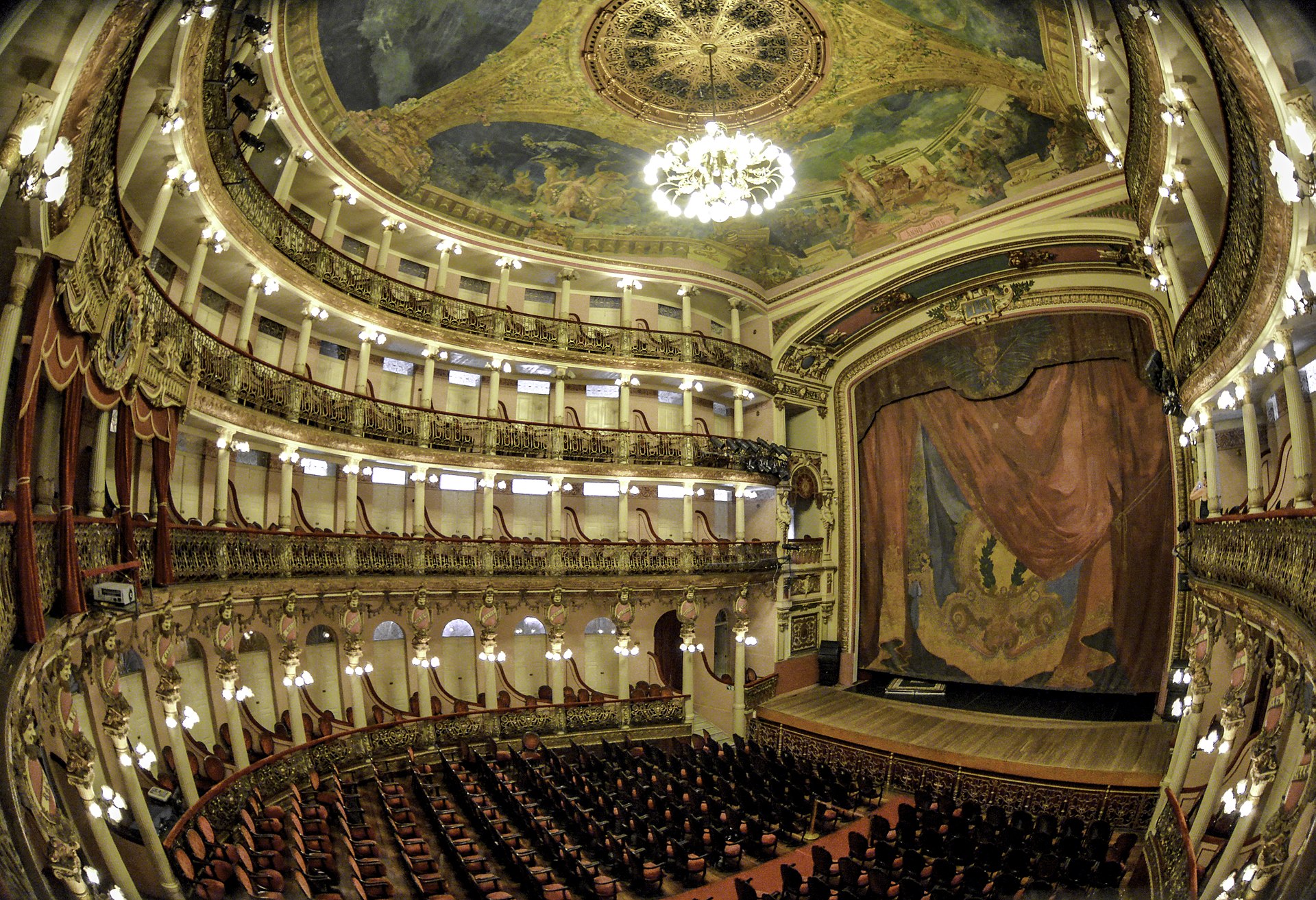
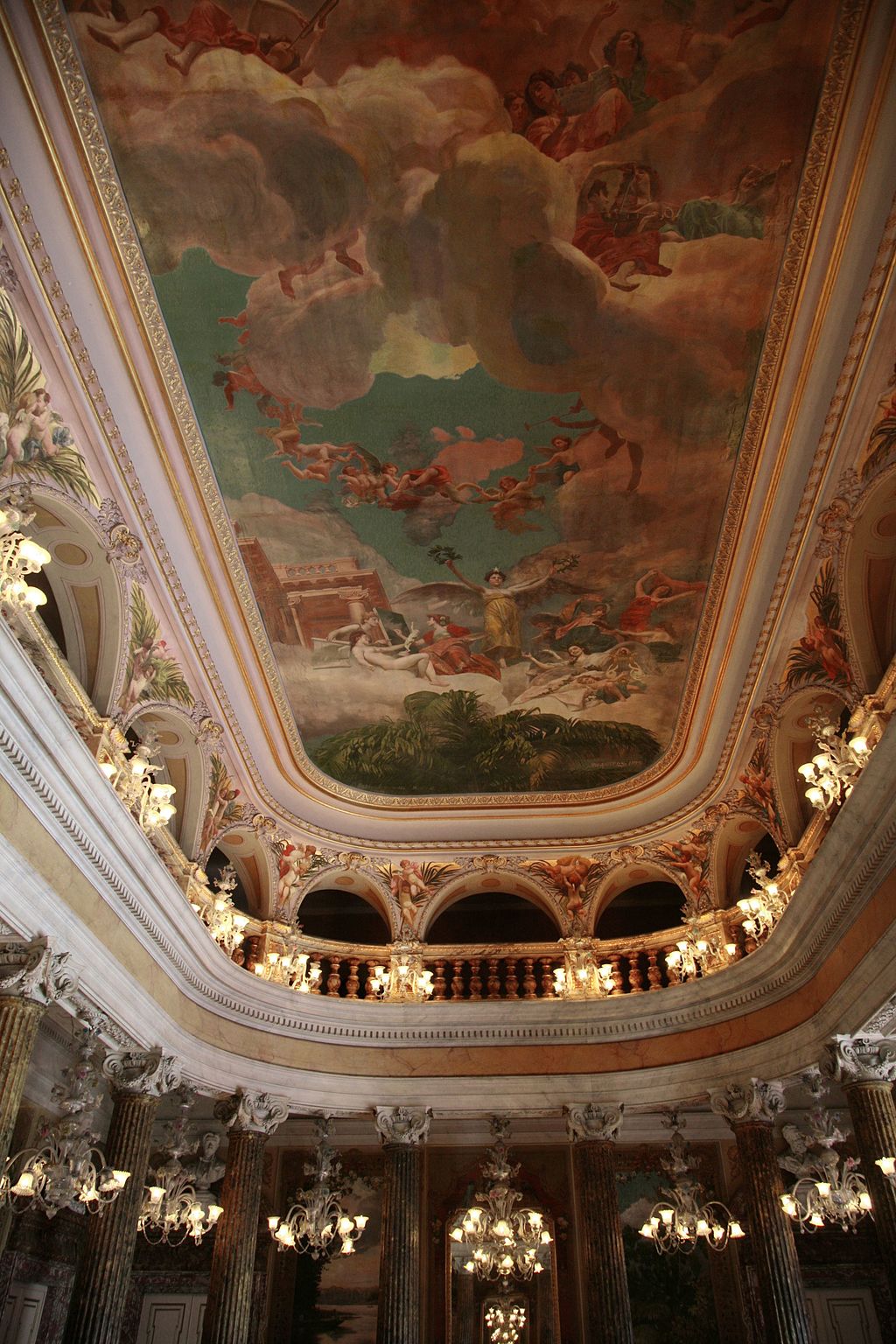
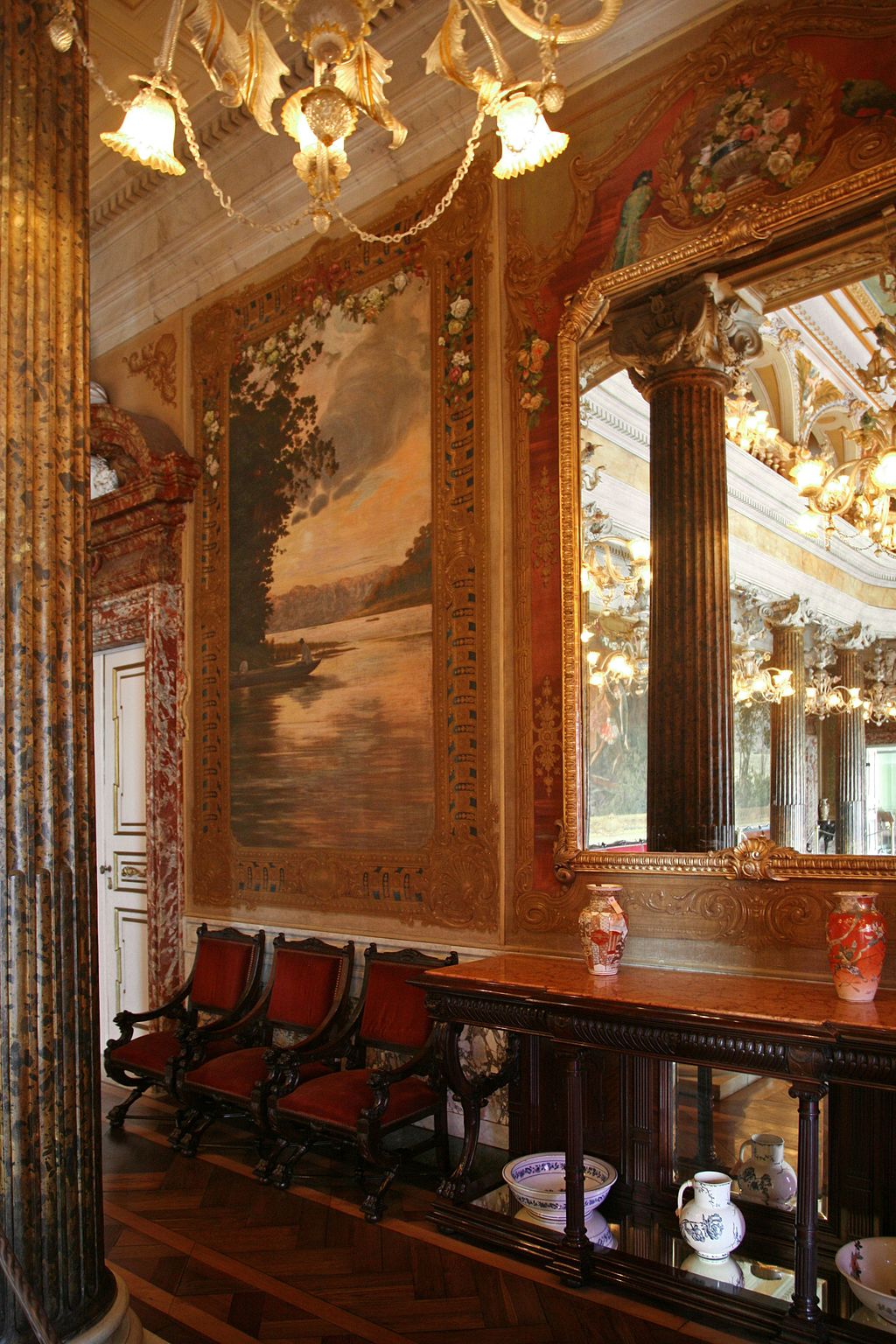
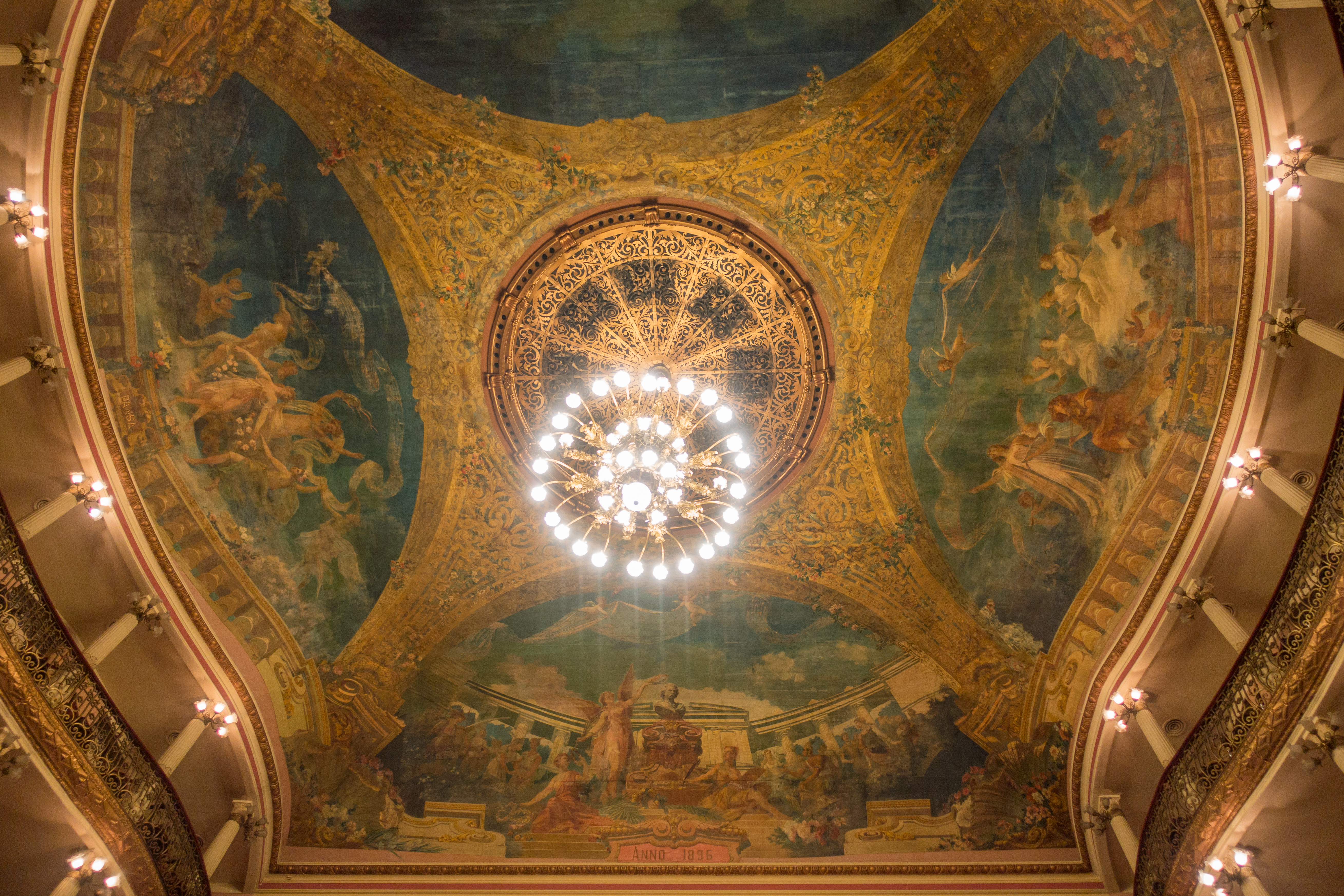
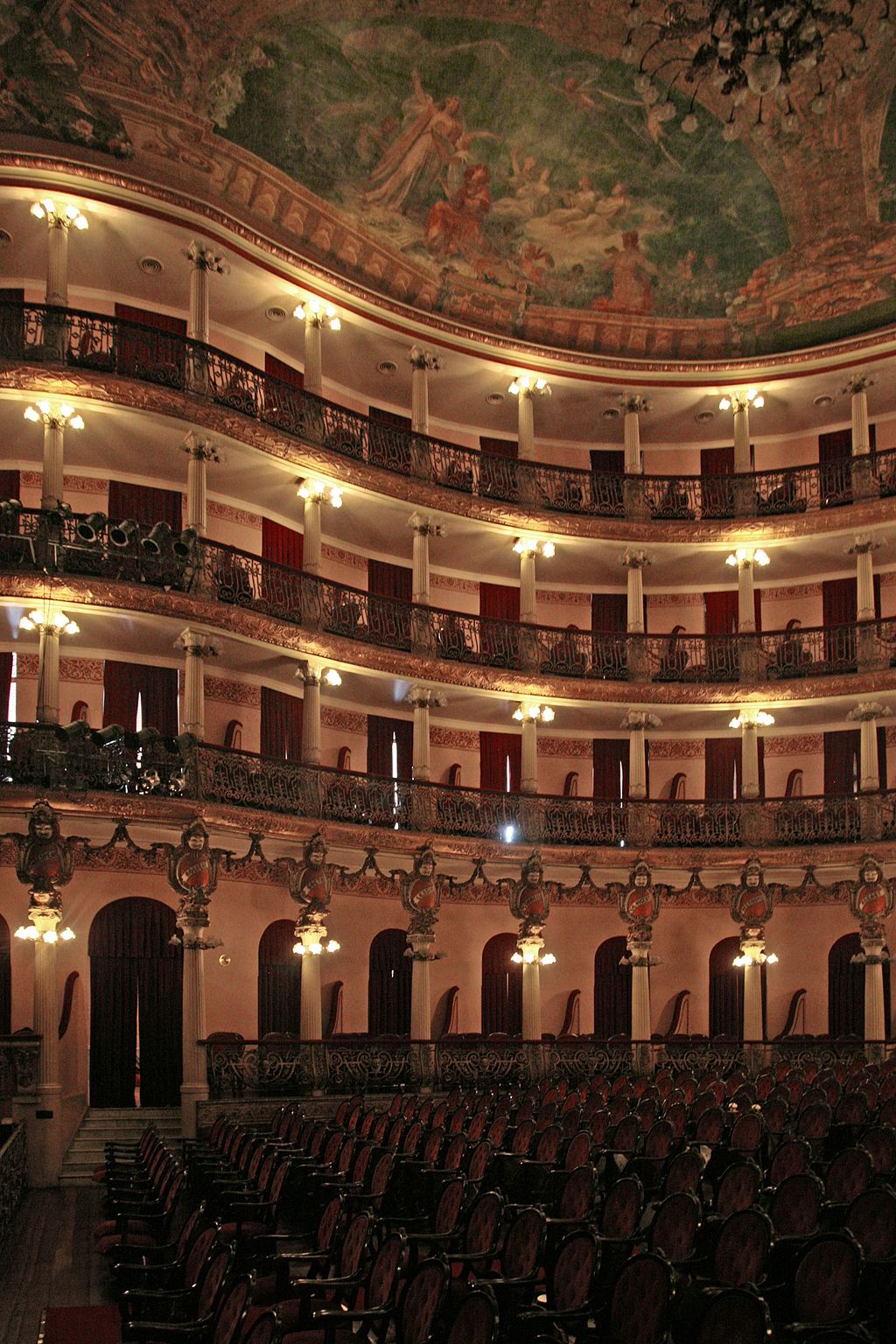
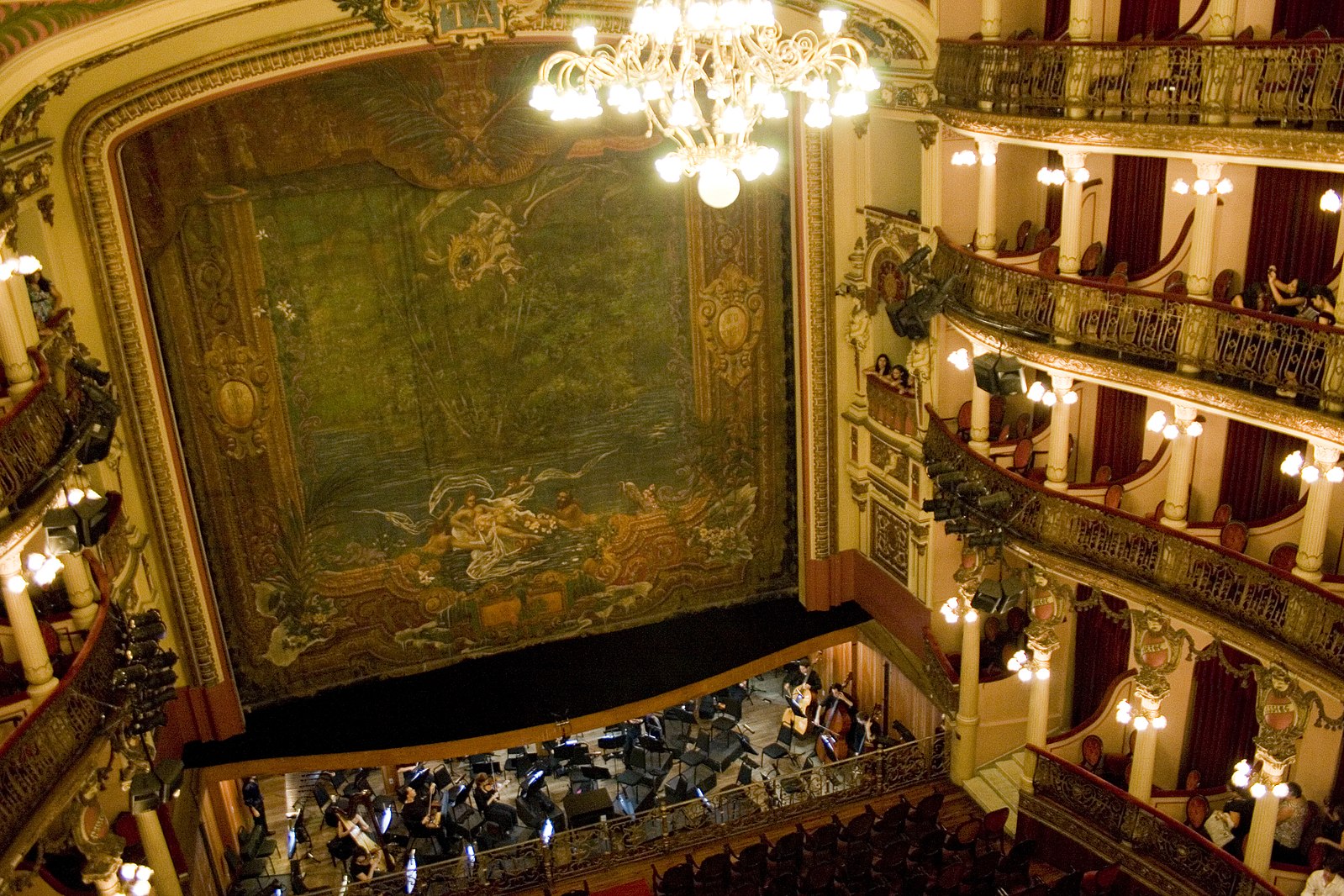



Style/Period(s):
Art Nouveau, Renaissance
Primary Material(s):
Steel, Tile
Function(s):
Theater
Related Website(s):
Significant Date(s):
1880-1889, 1885, 1890-1899, 1892, 1920-1929, 1929, 1942, 1960-1969, 1966, 1970-1979, 1972, 1990-1999, 1990, 1997
Additional Information:
Publications/Texts in Print:
Beal, Sophia. “MILTON HATOUM’S AMAZON THEATER: UNSETTLING AN ICON.” Romance Notes 56, no. 2 (2016): 187–98. https://www.jstor.org/stable/90012764.
Herkenhoff, Paulo, and Kim Mrazek Hastings. “The Jungle in Brazilian Modern Design.” The Journal of Decorative and Propaganda Arts 21 (1995): 239–58. https://doi.org/10.2307/1504141.
Additional Information:
The theatre appeared in the opening scene of Werner Herzog’s 1982 film, Fitzcarraldo.
Vogue listed it as one of the most beautiful opera houses in the world.
Project Description:
The Amazon Theatre was built in the late 1800s due to the rubber boom that built up the city of Manaus. The citizens in the Amazon rainforest wanted to show the world their wealth and grandeur so they built a theatre to rival the theatres in Europe. It is in a Renaissance Revival style with Art Nouveau influence. The roofing tiles and interior furnishings were from Alsace, France; the steel walls from Glasgow, Scotland; and the marble from Italy. The dome of the theatre has 36,000 ceramic tiles painted in the colours of the Brazilian flag. There are 198 chandeliers and all were imported from Italy.
Building Address:
Largo de São Sebastião - Centro,
Manaus - AM, 69067-080, Brazil
Supporting Designers/Staff:
Portuguese Office of Engineering and Architecture (based in Lisbon) - Architecture firm
Bernardo Antônio de Oliveira Braga - Structural engineer
Crispim do Amaral - Designer
Domenico de Angelis the Younger - Italian artist who painted the ceiling of the auditorium and audience chamber
Crispim do Amaral - Brazilian painter of the curtain's painting, "Meeting of the Waters"
Significant Dates:
1885-1892 - Construction
1895 - Masonry and exterior completed
1896 - Inaugurated 31 December
1924 - Closed regular operations
1929 - Painted blue
1966 - Made a national historic landmark
1972 - Painted grey (painted to match the military junta’s colour scheme where all public buildings had to be grey)
1990 - Painted pink again after a public vote and the interior was updated
1997 - Concerts began to be a consistent occurrence with the creation of the permanent philharmonic orchestra, the Amazonas Philharmonic
Associated Projects:
Tags:
Theatre, Amazon, Brazil, Historic Theatre
Viewers should treat all images as copyrighted and refer to each image's links for copyright information.